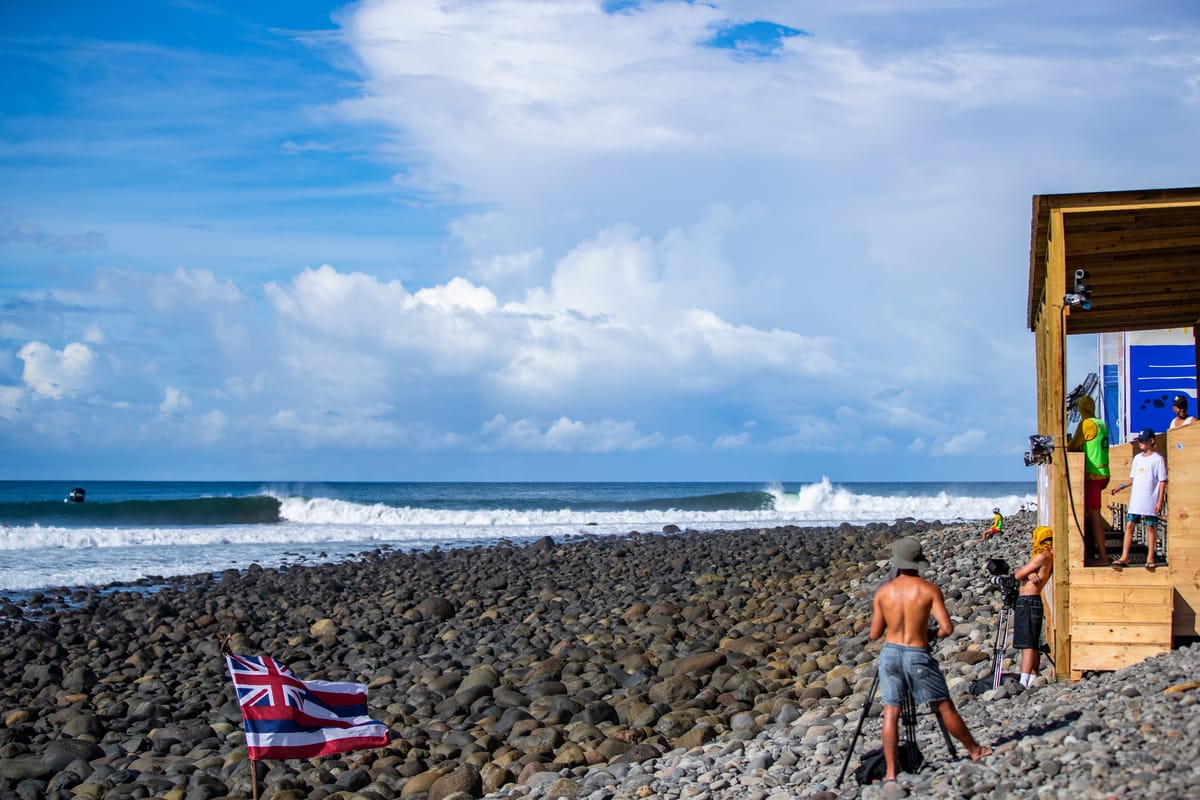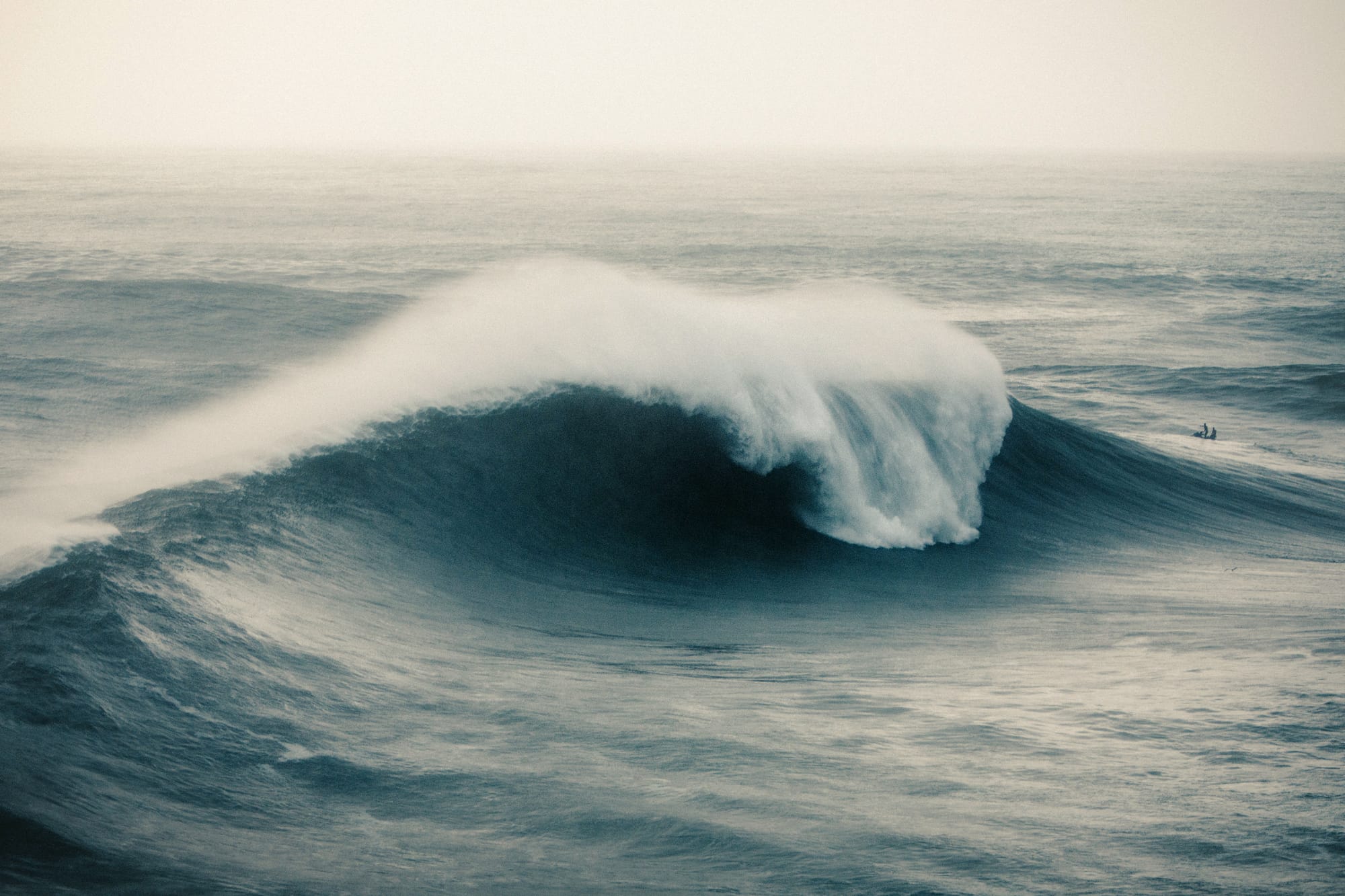How Surf-Forecast’s Wave Energy Tool Is Like Volume For Surfboards
“It’s all about those sweet, sweet kilojoules,” was one comment on a Reddit thread. “I live in Indo, and one of my favourite waves only works with less than 350 energy, so I'm the opposite; always hoping it will drop below that,” was another.

And how it can help you get better waves.
“When you’re glancing at estimated wave heights, wave energy will help you get an idea of how punchy those waves will be — in the same way that volume tells you how much foam a board will contain.”
That was a quote from stabmag.com in a piece titled “Why The Fuck Are We Measuring Waves In Kilojoules?” Wave energy is increasingly being used in surf forecasting to help surfer score better waves, or find surf conditions better suited to their skill set.
Now the potty mouths at Stab are a little late to the party. Surf-Forecast pioneered the energy rating system, using a single number measured in kilojoules for each report and forecast for over 7000 surf spots all over the world. For more than a decade millions of our users have come to rely on this simple metric, as much as the height and period. It provides a real feel of the surf rather than just those two metrics.
“It’s all about those sweet, sweet kilojoules,” was one comment on a Reddit thread. “I live in Indo, and one of my favourite waves only works with less than 350 energy, so I'm the opposite; always hoping it will drop below that,” was another.
"It’s a simple number that gives you a snapshot of the power of the ocean, and whether the wave size is trending up or down,” said Cornish surfer and filmmaker Maddie Meddings, whose latest movie Ceibo has just dropped. “A rating of 100 or below means the surf is tiny. 100 to 300 and the waves should work for a longboard. Above 300, there will be enough push for a shortboard or a mid-length.” Maddie says anything over 1000 is way out of her league and the perfect time to swap the board for her camera.
Stab’s analogy however that the energy rating is like volume for surfboards is a good one. If you are of a certain age, you may remember a time before surfboards were only measured in length, width and thickness.
However, two surfboards with the same dimensions (let's say a 6’3” x 2 1/2” x 19” wide), could be radically different in size and performance. That was because the board's width and thickness are only measured at the widest and thickest point of the surfboards, and so doesn’t give the full picture of the board’s shape.
When CAD and machine shaping came in, it could calculate the surfboard's volume to the nearest millilitre. It provided a single metric that combined all those variables. It didn’t take long to become the defining metric of a surfboard.
The energy rating is similar. Forecasts have always given us a swell measurement based on the gold standards of wave heights and swell period and then factored in swell and wind direction. Surfers learned that a longer period meant more powerful swell and bigger waves. But working out the size of a 4ft wave at 16-second period swell versus a 6ft at 14 seconds was impossible.
That's where wave energy comes in. In scientific terms, is the measurement of energy per meter cubed in a wavefront. It is determined by combining the effect of all swell heights and their periods at a single offshore location and at point in time. By factoring in swell direction and local bathymetry, you can get a measure of the offshore energy that arrives at your spot. It tells you how powerful the waves are going to be.

It factors in that while an 8ft swell may produce solid, hollow waves at an exposed reef, the beach around the headland with a gentle sand profile will offer crumbling, longboarding waves. Same swell, but you know which one you’d rather be duck diving.
The energy rating can help you decide what board to ride on your next surf, or what quiver to bring on a strike mission overseas. It is a vital tool that should be in every surfer's surf forecasting tool kit. We should know, we’ve been perfecting it for more than a decade.
